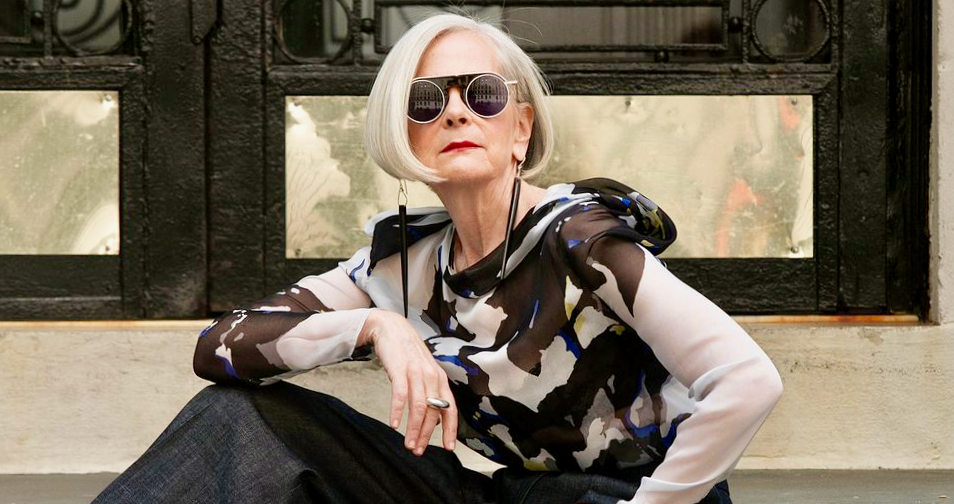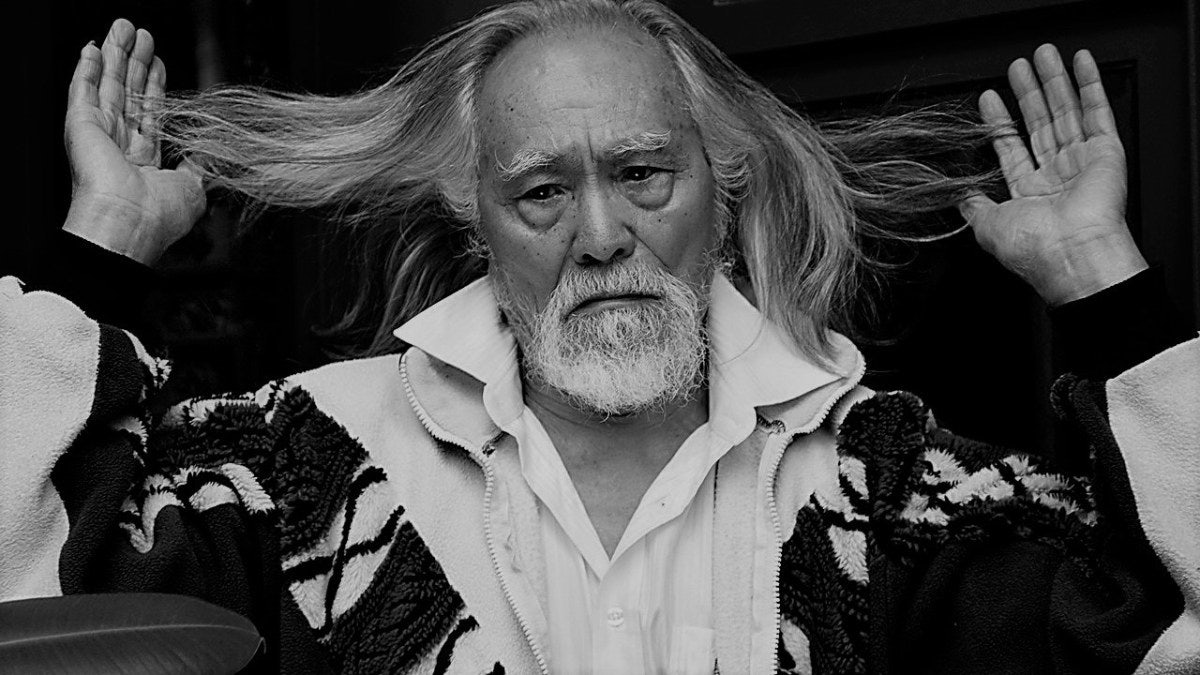In the past years, the media has presented Chinese millennials as super-consumers, making them the focal point of every discussion about luxury in China. Much has been written on millennial spending habits and their appetite for luxury. But in the quest for conquering the millennial heart, brands have forgotten about the highly lucrative baby boomer generation, including China's Silver Foxes.
Typically, luxury businesses honor the young, fresh, and cool, rejecting and isolating older demographics. This deeply entrenched ageism has only reinforced stereotypes, holding off the 50+ consumer base. Nevertheless, leading-edge luxury houses are reversing this trend and debunking myths about older luxury buyers. These innovative brands understand that growth is achieved by expanding their consumer base. And in China, where it’s estimated that by 2033, 400 million citizens will belong to the 60+ age group, the opportunities are never-ending. If we focus on cultural norms like the Confucian moral principles and the respect toward older people (孝in Chinese means filial piety or obedience), the shrinking share of consumer spending, and the improvements in living standards, the mature Chinese demographic is a miracle pill for the luxury market.
According to The Business of Fashion, a market shift appeared around 2015 when Céline hired Joan Didion and Saint Laurent chose Joni Mitchell as brand ambassadors. What followed was a real insurgency with fashion magazines, trendy blogs, and retailers following suit.
It’s worth mentioning that this is not a revolutionary alteration of beauty standards, but a brilliant marketing move and an opportunity to attract a well-off demographic. And while millennials are more in debt than any other generation, baby boomers have less financial concerns — own their homes, have fully paid retirement savings plans, and compensated healthcare premiums — so many have extra cash and many spend it on luxury products.

This shift in consumer trends is seen even on social media platforms where influencers like Lyn Slater from Accidental Icon (664,000 Instagram followers) and Maye Musk (243,000 Instagram followers) have gathered large fan bases.
Lyn Slater told Jing Daily that “sometimes the world believes that women with silver hair did not have a life before they became older.” And she’s right. Just a while ago, the age concept was a taboo in the luxury world, but this is no longer true as even the slowest-paced brands are embracing this cultural revolution. Until recently, marketing to baby boomers meant unsophisticated images with seniors carrying for their grandsons or enjoying their retirement on golf courses or cruise trips, but marketing agencies are no longer committing the same faux pas.
Cole Haan’s 2013 brilliant adds “Born in 1928” featured celebrities who share the same birth year with the brand (1928) — Dr. Maya Angelou, Elliott Erwitt, Jim Lovell, and China Machado. And Louis Vuitton’s “Core Values” campaign (2007-2012) shot by Annie Leibovitz still resonates profoundly. A plethora of world-renewed celebrities and leaders such as Mikhail Gorbachev, Sean Connery, Bono, Keith Richards, Jim Lovell, Mikhail Baryshnikov, Sally Ride, Buzz Aldrin, Catherine Deneuve, Francis Ford Coppola, and Muhammad Ali appeared in Louis Vuitton’s iconic ads, giving a new meaning to sophistication and refinement. Campaigns that honor aging are not exclusive to the West.
In China, the 50+ influencers are in high demand, and models like the 80+ years old Wang Deshun, also known as “The Hottest Grandpa” and the 70+ years old Huang Yanzhen AKA “The Coolest Grandma Ever” have built huge community both online and offline.
As luxury brands construct long-term relationships with their consumers, they start understanding that silver foxes are a reliable market segment. Compared to younger peers, baby boomers are more dependable shoppers, employing predictable consumer patterns. And while mastering millennial marketing implies owning social media, constantly developing engaging visual content, and speeding up innovation, for baby boomers, privacy, face-to-face interaction, and loyalty programs are key components of the marketing strategy.
“My experience and success with Accidental Icon shows there is a huge market, and it is important that brands realize our potential. For us it comes from a true passion and love for clothing, not just a wish to be like someone else,” Lyn Slater told Jing Daily.
This love for “clothing” is the root of all evils, as various luxury houses still don’t understand that mature consumers want to look stylish too. As stated in a research from J. Walter Thompson London, 69% of baby boomer women feel that they are neglected by the fashion industry. The disillusionment that mature consumers feel for the fashion world explains why the one-size-fits-all approach no longer fits in luxury marketing.
“We are women who have worn fashion. Some of us have been loyal to luxury designers for years. We have made clothes, styled them, and have an appreciation for fine craftsmanship, all of which does not go away simply because our bodies may be getting older,” said Slater. And she is proving her point by wearing Calvin Klein, Bally, Maison Margiela, and Deep Moss. Lyn suggests that she’s in the decade when consumers “have more time and resources than younger people,” thus, they can enjoy life. She says that as the “responsibility for work and child raising shifts,” hobbies and personal passions should be pursued.
Going deeper into the baby boomer market also implies segmentation. Marketing agencies and luxury brands ignore the fact that this is a diverse group which includes people aged 50+, 60+ and 70+, thus, there are significant differences in shopping behavior between the younger and older groups.
If luxury brands want to connect with their niche consumers, they need to understand that market segmentation and targeted market research are crucial components of the advertising strategy. However, despite differences, some similarities appear between segments. It’s easy to get carried away and forget that baby boomers didn’t inherit their wealth but built it, with the media baptizing them “the wealthiest generation in history." Many self-made people are not impulse-buyers and they make conscious decisions when acquiring investment pieces. That doesn’t mean that silver foxes are penny-pinchers but mainly intelligent consumers. Exactly like millennials, they take advantage of cash-back programs and good deals, valuing both online and offline experiences and impeccable customer care.
Finally, luxury brands should not expect baby boomers to be as tech-inclined as millennials and Gen Z just because the use of social media is high in their age group (Facebook is the agent that helps them stay in touch with extended family members, old friends, and colleagues). As privacy is a constant concern for silver foxes, data-driven online marketing tools are seen with annoyance and mistrust, thus word of mouth and personal recommendations are the preferred marketing strategies.
Today, luxury brands have an ever-increasing number of obstacles to deal with, including an ongoing trade war. Catering to this underserved and affluent consumer base seems like easy pickings, but only if luxury brands alter their youth obsessed culture. The baby boomers, and China’s silver foxes, are eager to find out.
